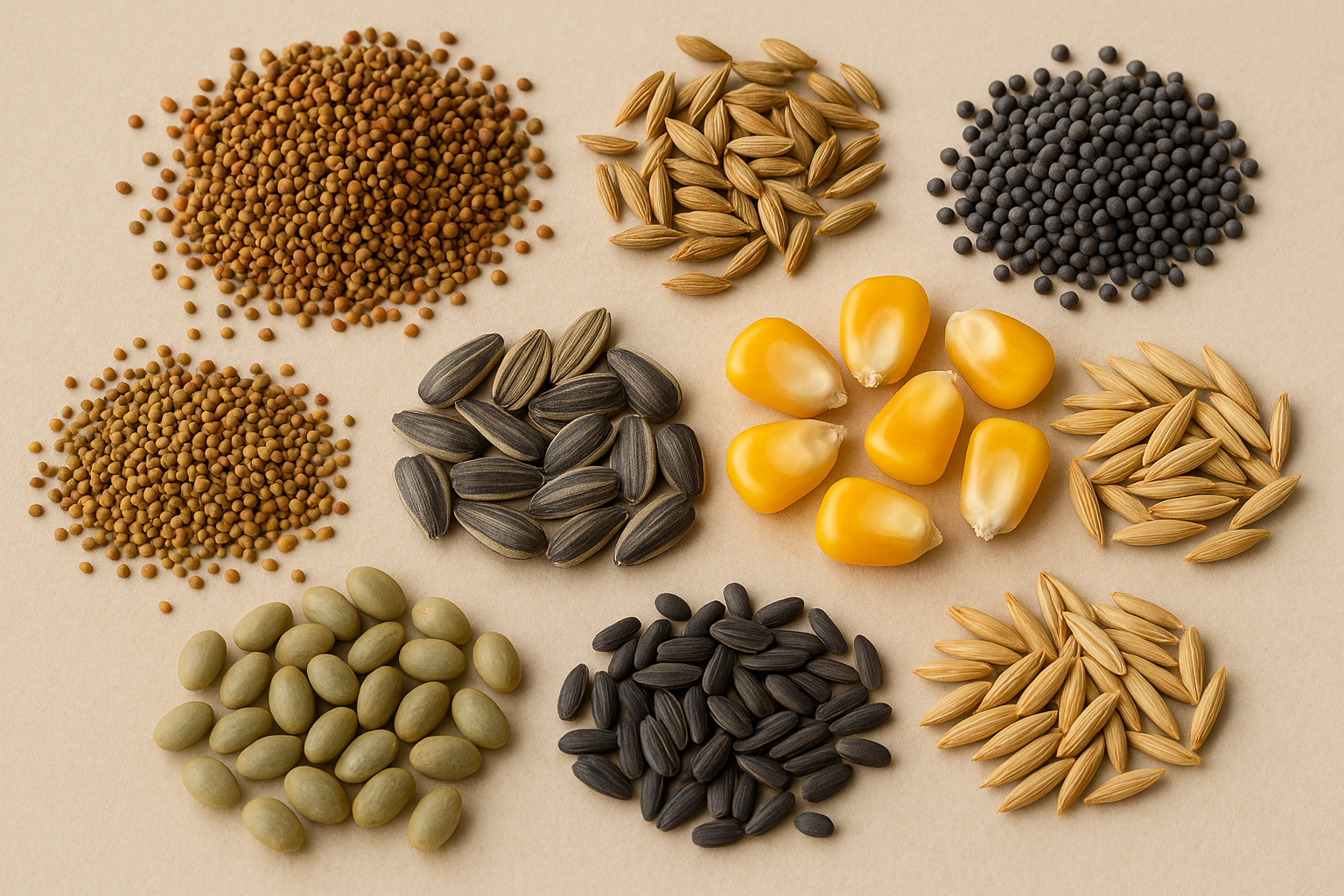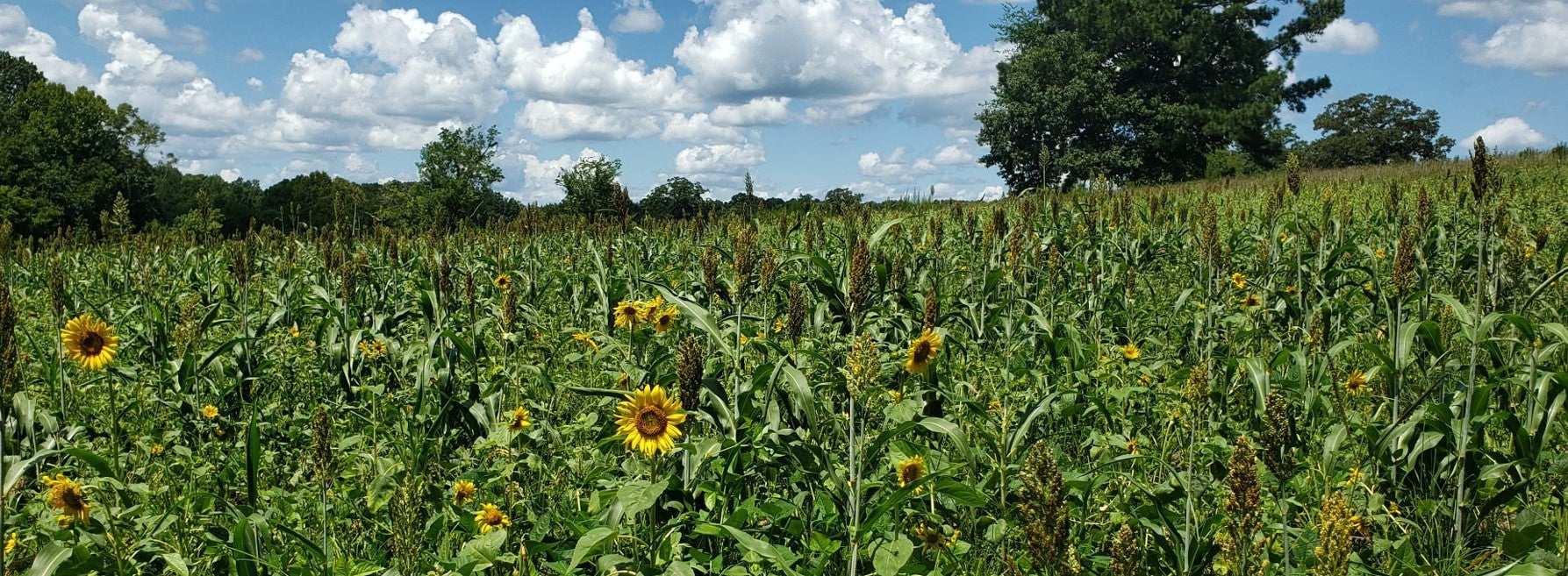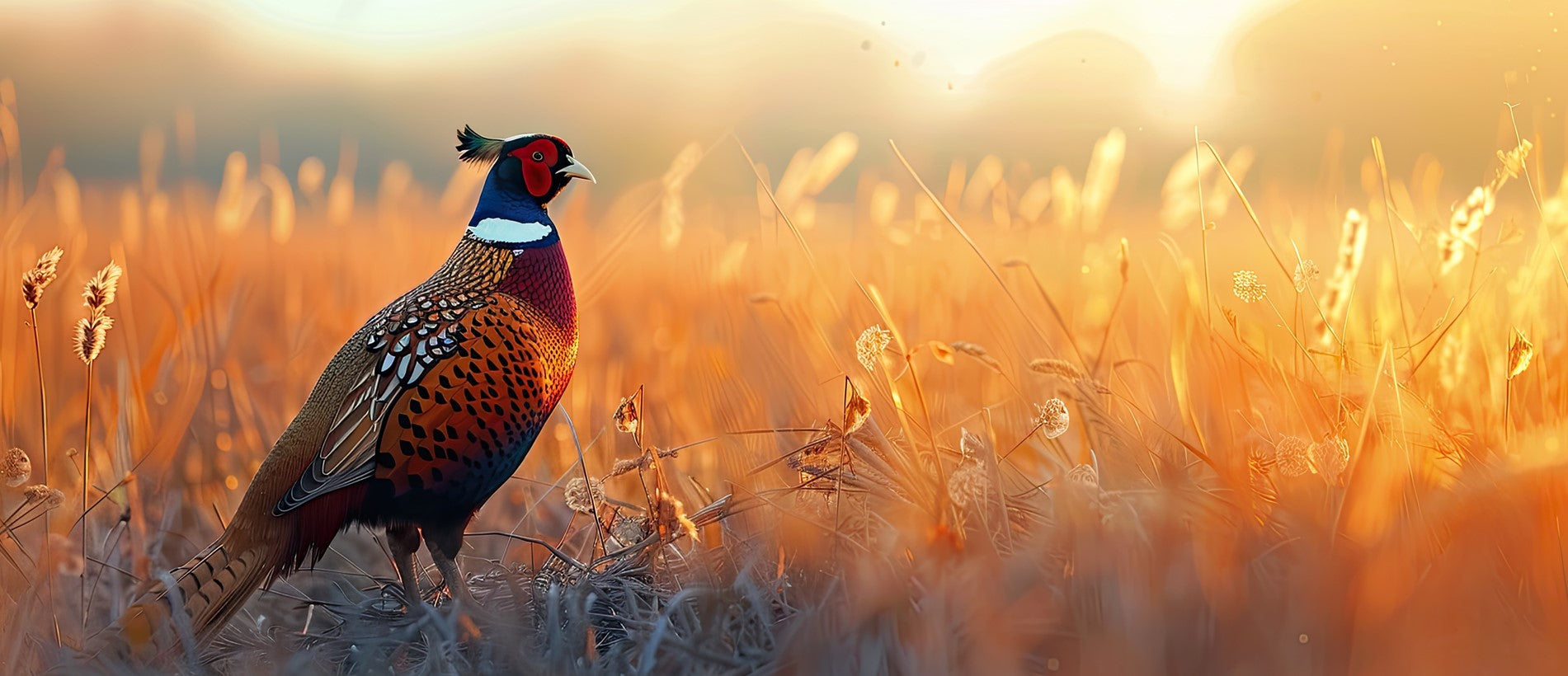Creating Healthy Huntable Habitats in the South: Pine Plantations
There are two iconic pictures that always come to mind when thinking of the south: Elvis Presley and pine plantations. It is also ironic when thinking of these two that jungles come to mind: the jungle room in Elvis’ Graceland mansion and the pine jungles of the forest where the white-tailed deer finds its home. This article has nothing to do with Elvis, but it does have something to say about creating a healthy huntable habitat within the jungle like strata of the south’s pine plantations.
Creating a healthy habitat within pine plantations is possible, but also challenging to say the least. In doing this you must first determine which stage of growth your pine plantation is in. My terms are not the same as general forestry terms, but I like to call them: stage one - the cut-over or young pine stage, stage two - the dead stage or the pre-thin stage, and finally stage three - the post-thin stage or mature stage. In the future we will deal with all three stages, but for this article we will be applying our habitat management practice to a generic model of a stage three pine plantation.
Not Treated with QVM (Kemper County, MS)
What I like to call a stage three is simply any pine plantation that has been commercially thinned at least once or classified as a mature old grow forest. The age structure of a stage three pine plantation starts with a commercial thin that usually occurs between 15 and 20 years old, and basically continues until the timber is completely harvested. Since we do not live in a prefect world, there will be differences to this model depending on the forestry practices used to manage the property. The habitat management practice we will be applying to this type of pine plantation not only will increase the health of a property, but the “huntablity” of the property as well. This process is called Quality Vegetation Management (QVM).
QVM Treated (Kemper County, MS)
Pine Plantation History
In the past, Mississippi and other southern pine forests have provided quality food and habitat for deer. These same pine dominated land bases were described by the south’s early settlers as being open and vast with a variety of different grasses, legumes, and other forbs. These forests were maintained primarily by the Native Americans who periodically set fires, directly or indirectly for the benefit of wildlife. The result of this type of habitat management caused wildlife to flourish, including our beloved white-tailed deer. It is amazing what you can learn from people who have lived, literally, off the land for thousands of years.
Pine Plantations Today
For the most part, today’s modern pine forest management is to blame for the lack of healthy huntable habitat within stage three pine plantations. The biggest limiting agent is fire suppression. Because fire is too much of a liability for forest companies, there is less burning now than ever. This leaves the forest in a twisted, matted mess that is more like a jungle; the opposite of the park-like openings the early explorers talked about. Rather than a variety of high-quality forbs, thickets of low-quality hardwoods dominate the understory. Although whitetails are still living in these habitats, it is not desirable. Both the quantity and quality of the habitat is affected in these forests.
These forests also cause problems for the hunter. Hunters can be successful typically within the first three years after a thin. The cut lanes have not yet had time to get thick, allowing desirable herbaceous plants to grow. Yet they still offer enough cover for deer to be comfortable in while maintaining good “huntability.” This is a term that I coined to describe the basic condition of a property. This could also refer to a habitat type within a property; in relation to the amount of good cover and seeable ground a hunter can observe from a hunting position. However, a habitat’s huntability can be short lived. It can go from great to terrible quickly without anything being done to the plantation. If there is no maintenance, such as bush hogging, done to these lanes a jungle is formed, making the stand nearly impossible to hunt.
Pine Plantations Re-Evaluated
In researching this topic, I looked to the three people who I know have studied this issue very thoroughly: Dr. Steve Demarais, Professor and deer biologist for Mississippi State University, Bobby Watkins, a BASF forestry technician, and Scott Edwards, wildlife biologist for the Mississippi Department of Wildlife Fisheries and Parks. Watkins began studying this issue some fifteen years ago. He established a study site in north Mississippi to observe the results of a treatment of fire and herbicide to a mature, naturally regenerated pine stand. He sprayed the study site in early fall with sixteen ounces of Arsenal® Applicators Concentrate herbicide per acre and in early spring, followed by a prescribed burn. During the next growing season, the results produced high-quality deer forages all over the study area. This was the first step to a “greener” future for our beloved whitetail.
Watkins combined forces with Demarais and MSU in 1998 to study this issue even further. This time, the vegetation management approach was a combination of Arsenal®, prescribed fire, and fertilizer. The combination of these techniques produced what is now called Quality Vegetation Management (QVM). The application was to a mature, naturally regenerated loblolly pine stand in Noxubee County, MS. Sixteen ounces of Arsenal® herbicide and 20 gallons of water were applied per acre in October using a skidder. A prescribed burn was done the following April, and 200 pounds per acre of 0-26-26 fertilizer was applied that August.
Pine Plantations Re-Loaded
Edwards came along later as a graduate student at Mississippi State and did most of the analysis on this study site and others. In an article found in Get in the Game, a publication of the Nation Wild Turkey Federation, Edwards described the results of the QVM. “The QVM treatment removed the hardwood midstory and allowed sunlight to reach the forest floor. The prescribed fire removed the residual hardwood standing debris and the understory litter layer, releasing the desirable herbaceous vegetation present in the seedbed. The summer fertilizer application promoted additional plant growth. The resulting forest was an open, park-like stand providing a smorgasbord of quality food for deer to eat!”
Not only does this produce quality deer habitat, but it also produces a quality hunting area by increasing the number of huntable acres. Now you can actually see 100 to 200 yards in an area where you were once doing good to see 10 to 20 feet. Any time the huntablity factor of a property goes up, your odds in harvesting a trophy whitetail goes up also. Simply, the QVM process produces more quality deer in a habitat that makes it easier for you to hunt. You can do the same for your pine-jungle as well by applying QVM. Also, with the combination of supplemental food plots, such as Tecomate seed systems, that dream property filled with big bucks can now be a reality.
I am not sure what Elvis’ jungle room looks like today, but I am glad I can say that the pine jungles of the south have finally been tamed. As Elvis would say, “Thank you, Thank you very muchhh!”
God bless and happy hunting!!
For more information on QVM and other habitat enrichment programs contact your local Mississippi State University extension office or contact the main office at MSU: office number 662-325-3176, websites: http://www.msucares.com and naturalresources.msstate.edu.
Posted by Mark Newell











Leave a comment